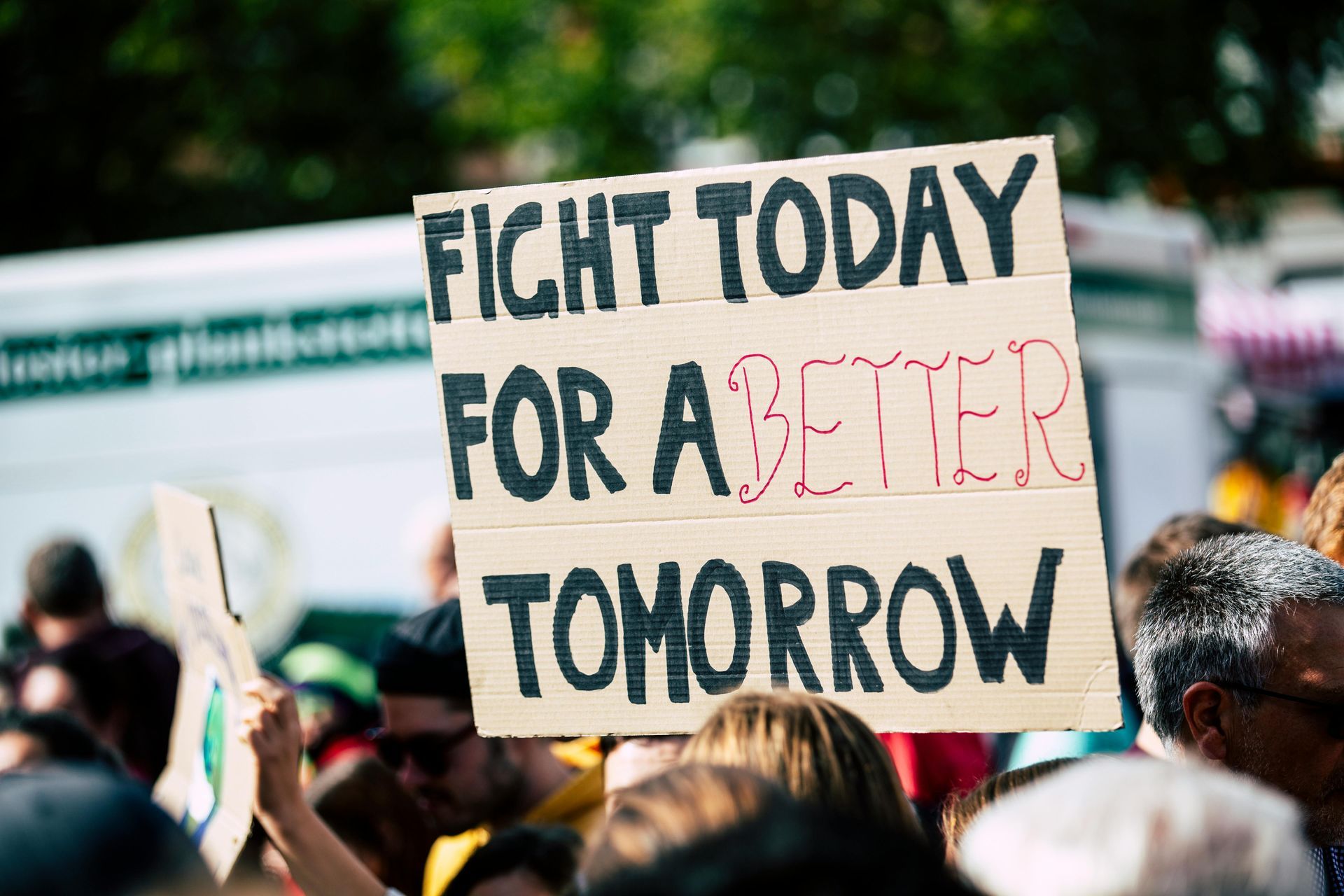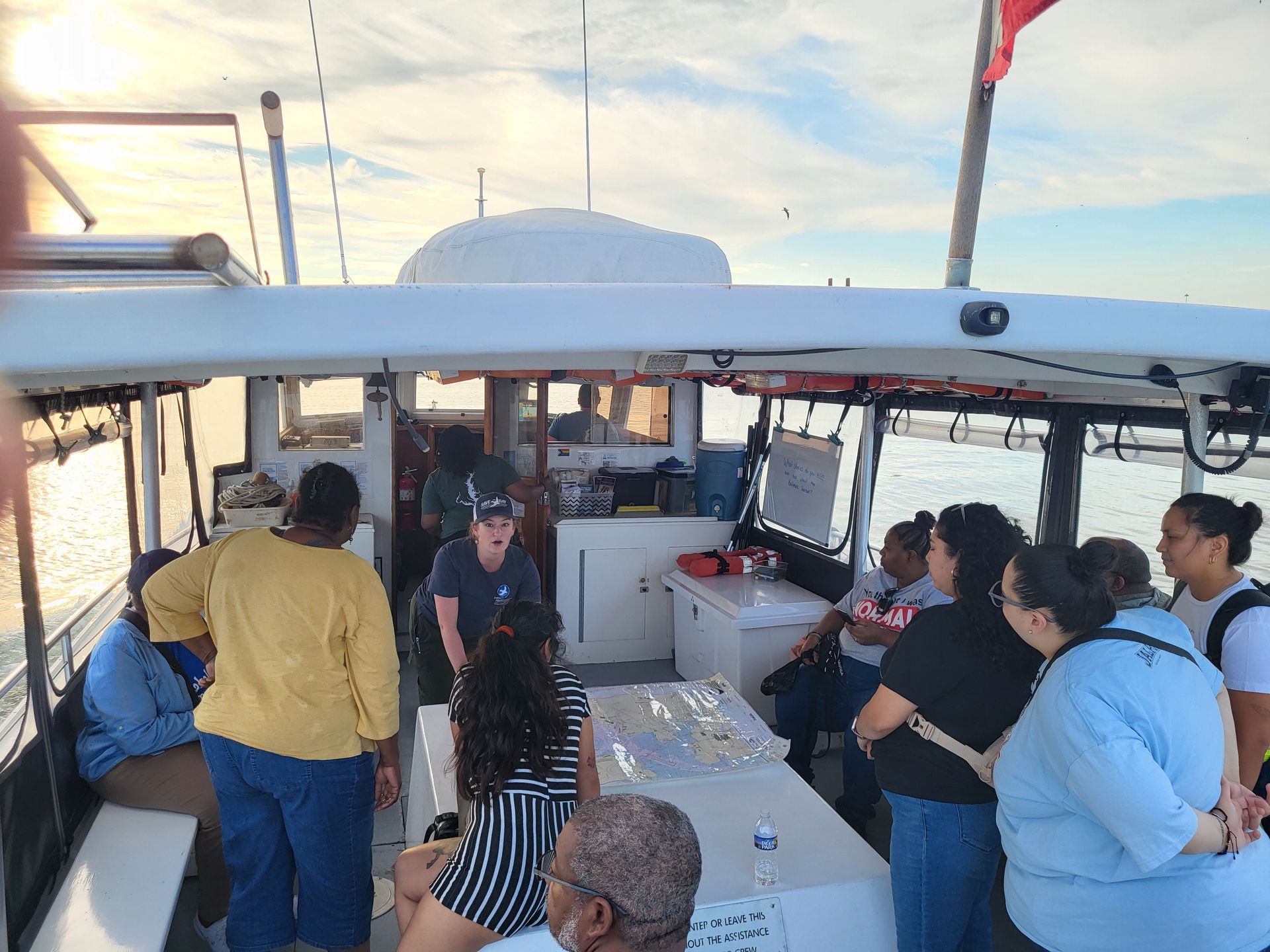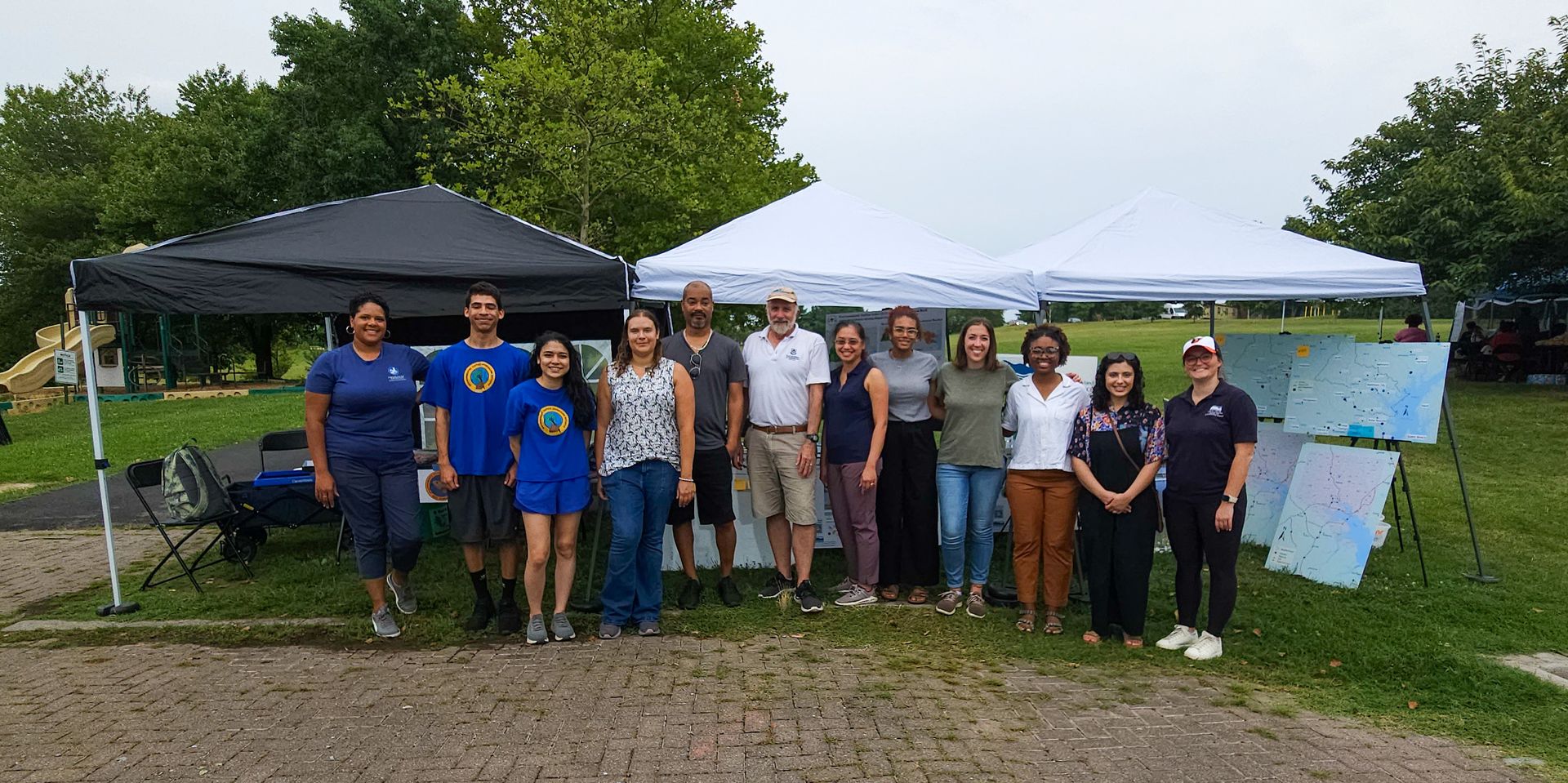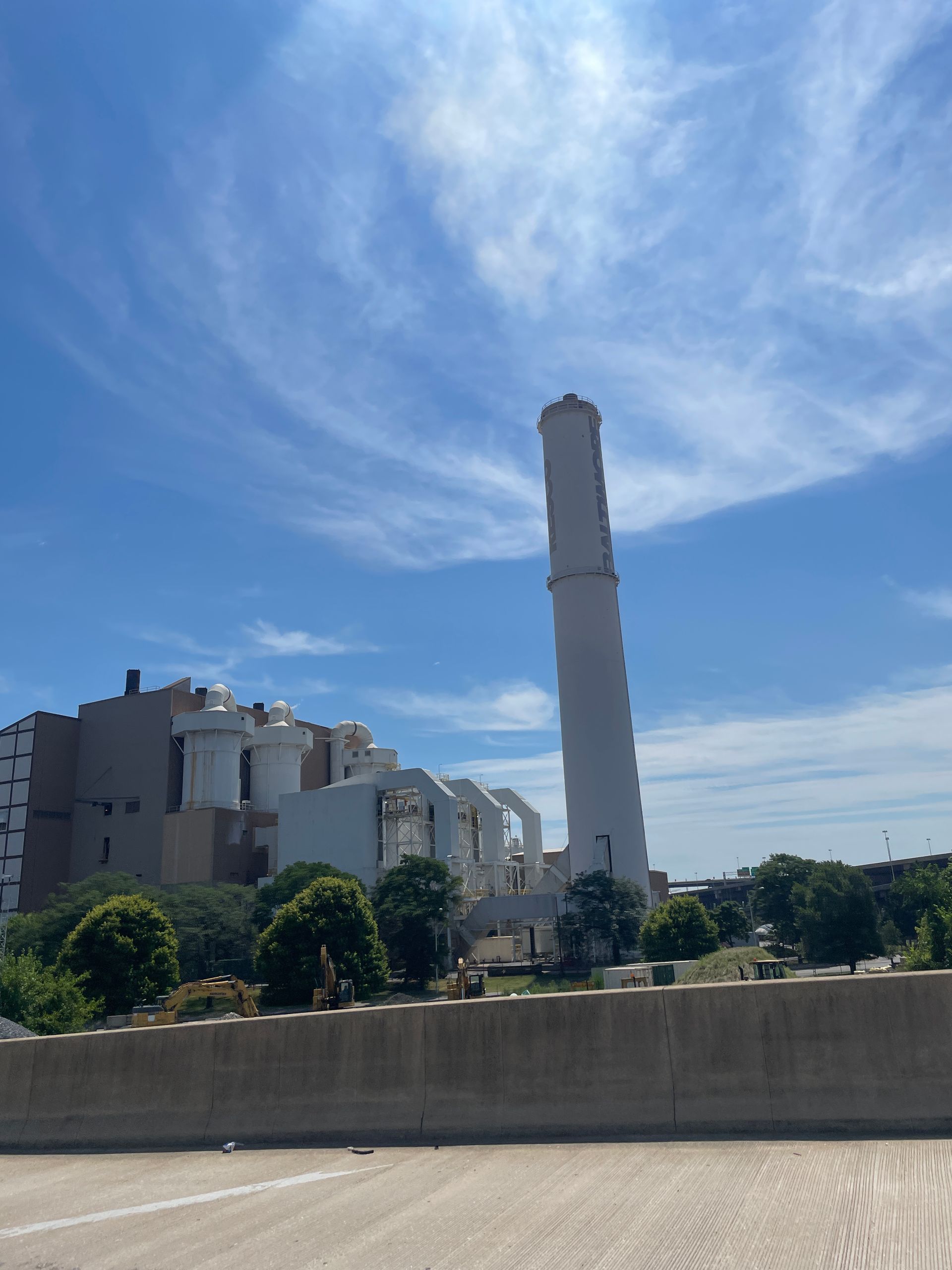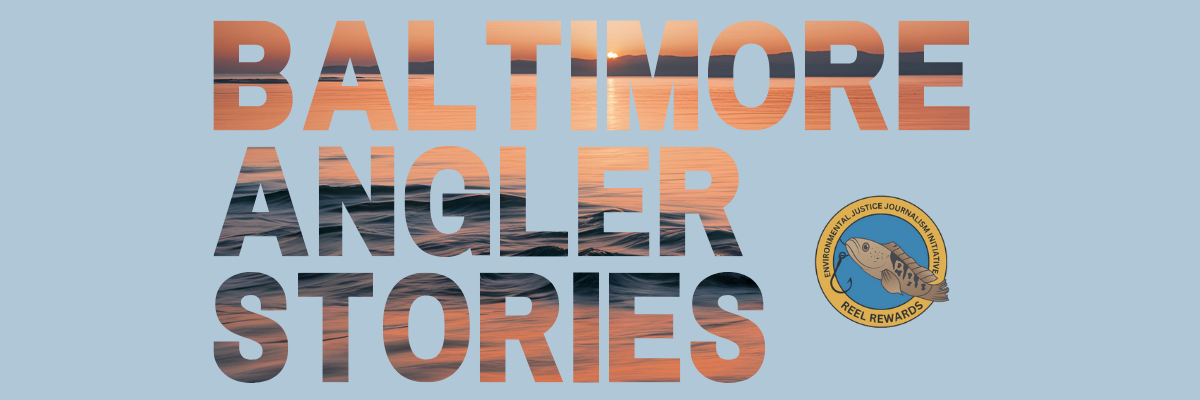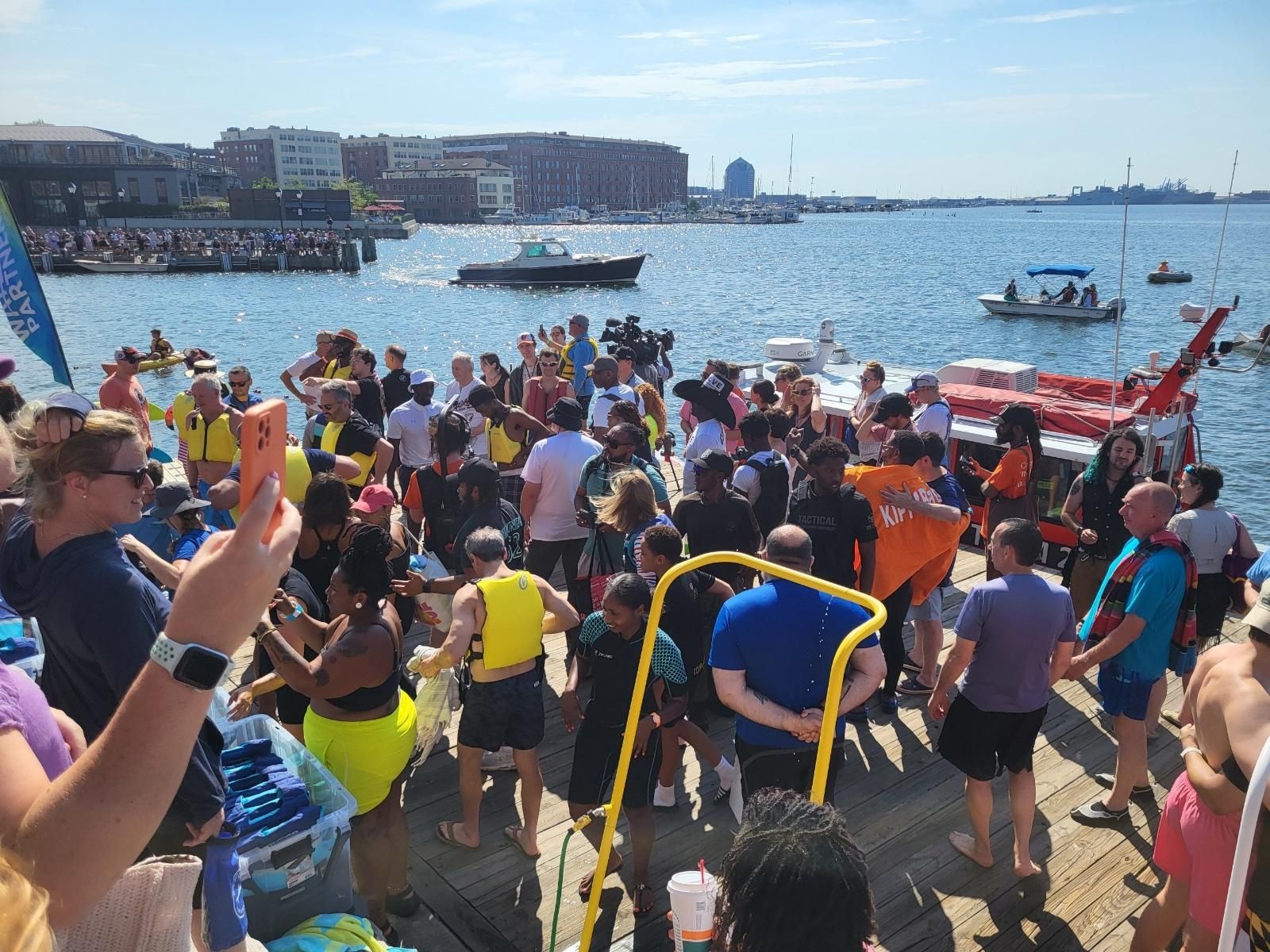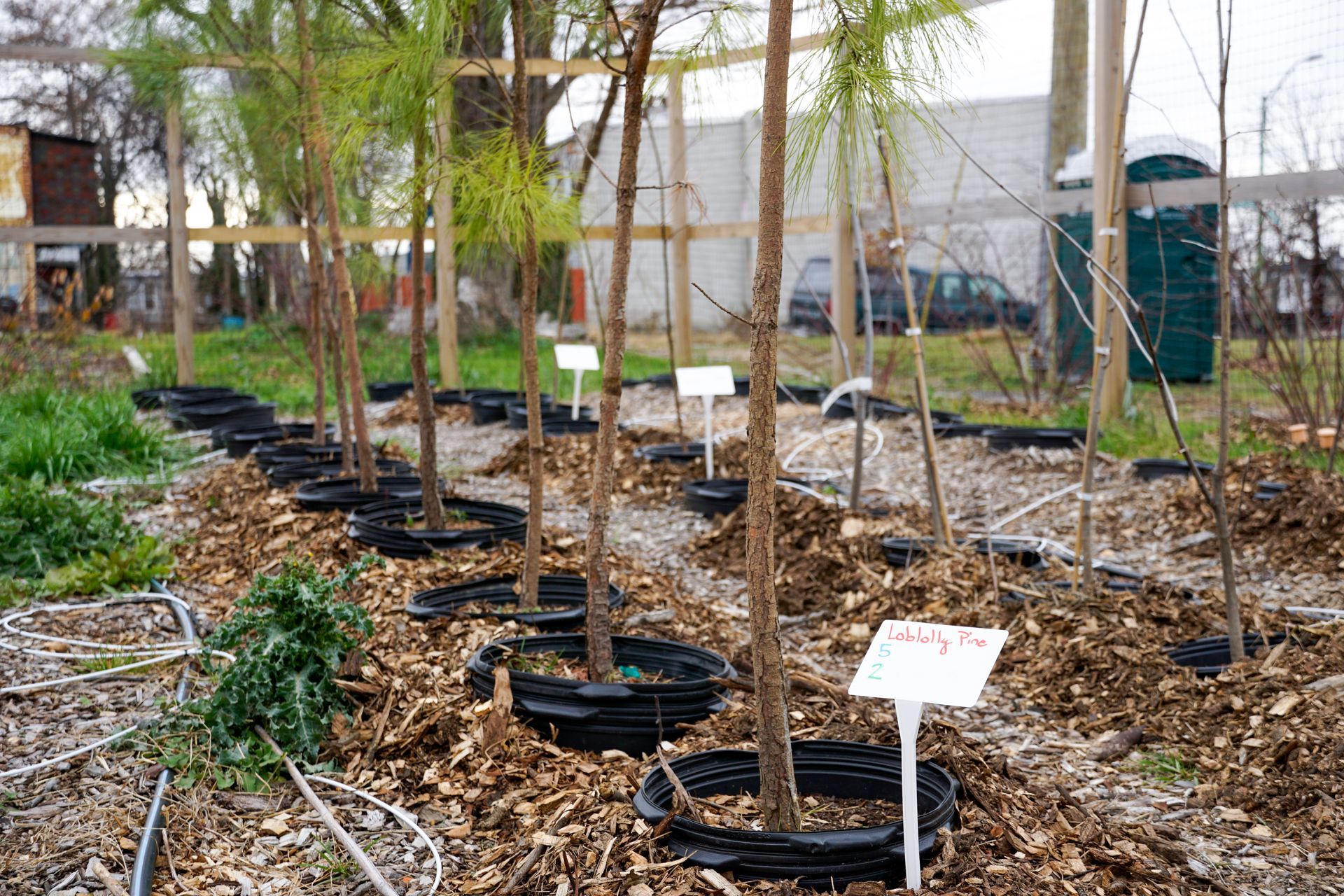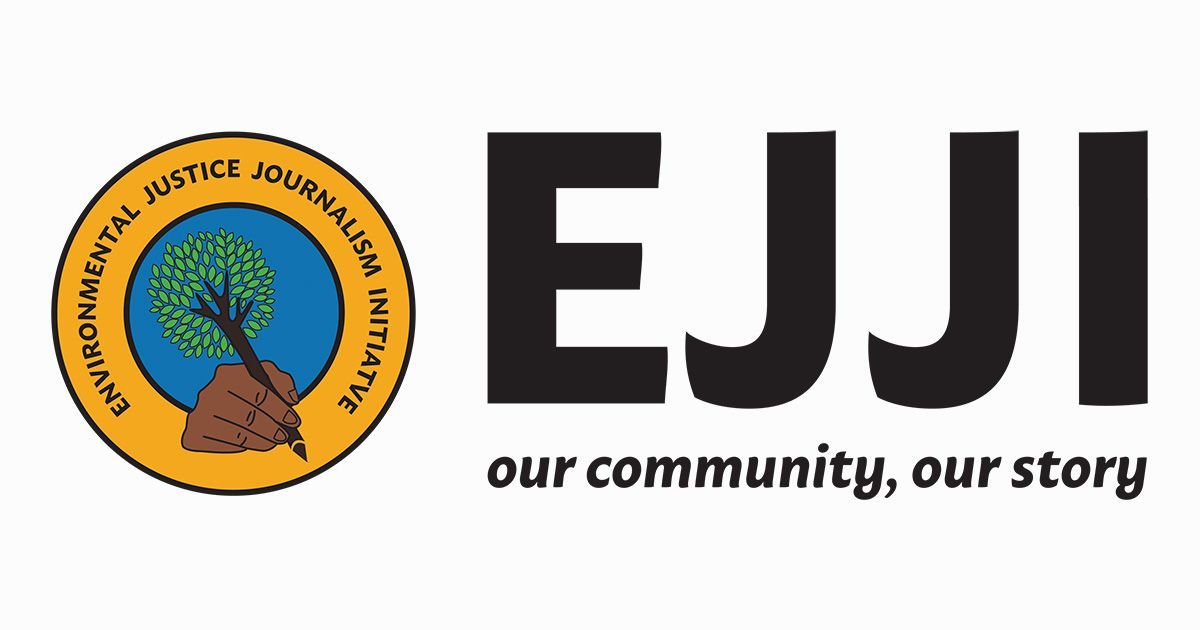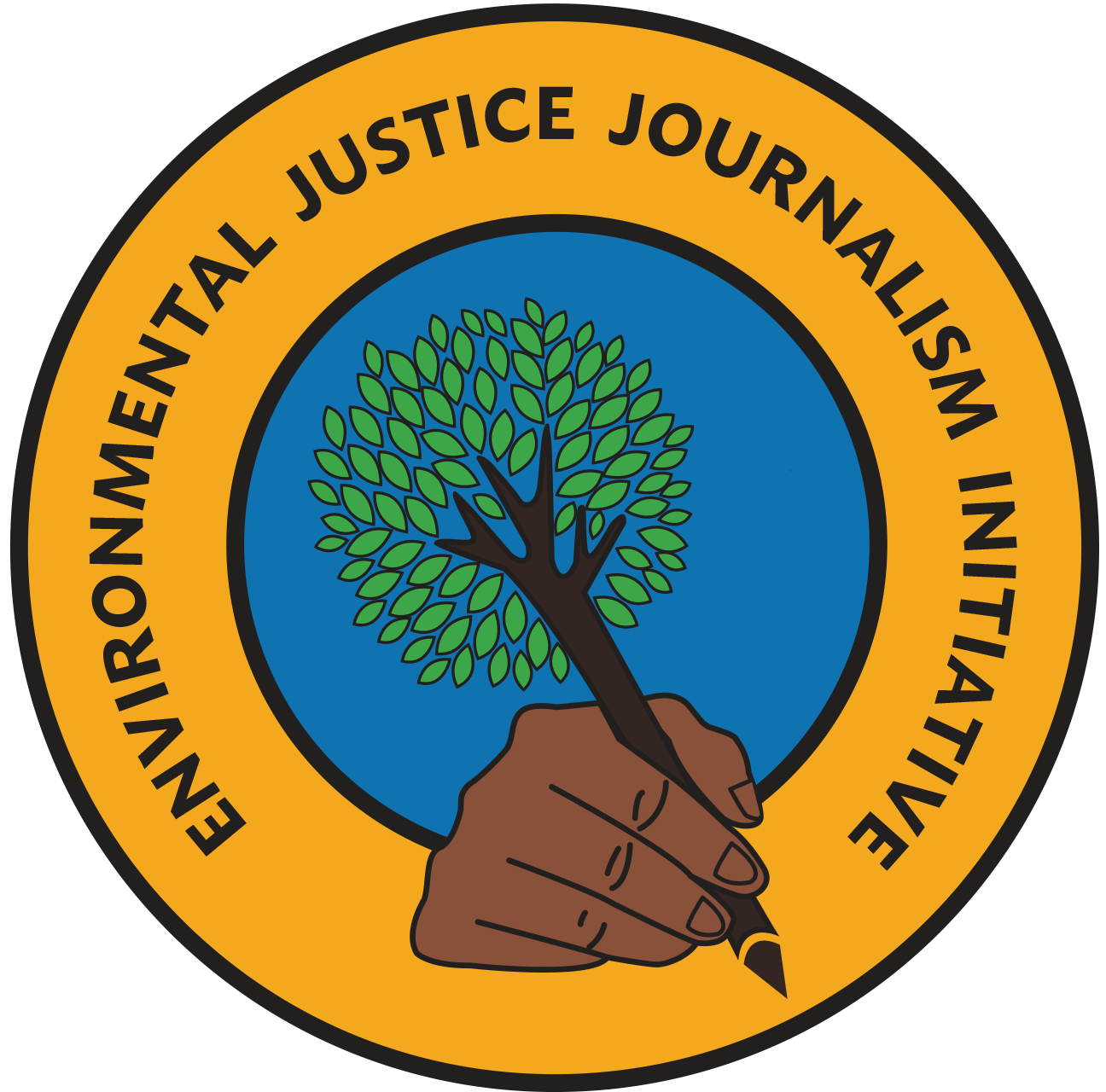Everything Flows Downstream

Everything Flows Downstream
By Lilly Howard
On May 25, 2023 the U.S. Supreme Court ruled in favor of land developers in Sackett v. EPA to drastically limit the coverage of the Clean Water Act (CWA) while disregarding years of scientific data. This decision could reverse the long-standing efforts to restore the Chesapeake Bay and the waterways surrounding it. Without strong federal regulations to backstop protections, it is up to each state to enforce laws and protect their wetlands. The definition of waters of the United States (WOTUS) covered under the CWA now only protects waters continuously connected at surface level and therefore “indistinguishable” from navigable bodies of waters like streams, oceans, rivers, and lakes.
The Sackett decision means that isolated and non-tidal wetlands are left largely unprotected. Wetlands are vital to the Chesapeake Bay’s ecosystem and water across the nation. They catch and filter runoff in order to keep pollution out of streams and rivers, which run downstream into the Bay. They also provide habitats for migratory birds, plants, fish, and other species essential to the ecosystem's health.
These wetlands hold fresh water and make up around 86 percent of wetlands in the Chesapeake Bay watershed, according to the Chesapeake Bay Foundation (CBF). Among these are what are known as the Delmarva Bays – seasonal wetlands that cover thousands of acres across the Eastern Shore of Virginia, Maryland, and coastal Delaware.
Wayne Tindall, a restoration ecologist at the Maryland Department of Natural Resources, has said these are among the most important wetlands in the system.
“If you could only save one type of wetland, this would be it,” he said.
Some non-tidal wetlands only connect to other waters below ground, not on the surface, like ephemeral and intermittent streams that do not consistently hold water throughout the year. Both these streams and bays could be destroyed from construction, development, and other pollutants that could be unregulated under Sackett.
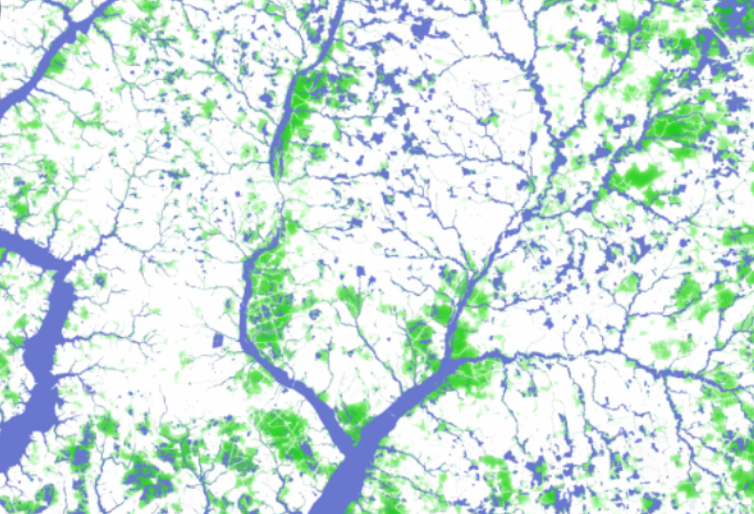
Each state has their own varying water regulations, and that can help mitigate the harm of this decision at a local level. Many states like Delaware have refused to enact wetland laws that go beyond the CWA minimum, leaving the door open to more pollution in the Chesapeake and national waterways. One problem with the new CWA ruling is that all water flows downstream and will eventually end up in the watershed. This pollution will affect drinking water, habitats, and ecosystem health as a whole. For example, Delaware doesn’t have a definition for state waters and has very limited wetland laws, according to the Chesapeake Legal Alliance. The state is made up of mostly water with around 30,000 acres of isolated wetlands. Most of these acres are no longer protected by the CWA and not regulated by the state itself. In Delaware a polluter could dump waste to fill a mountain stream that dries up seasonally without getting a federal or state permit.
“This is a national decision that has national implications,” said Evan Isaacson, senior attorney and director of the Environmental Action Center at the Chesapeake Legal Alliance.
In order to ensure the health and safety of the Chesapeake Bay and its surrounding communities, citizens must educate themselves about state laws and push elected officials to enact legislation to protect wetlands and their water quality, according to Isaacson. With the newly reduced restrictions of the CWA, these wetlands are majorly left unprotected by federal law.
The CWA’s goal was to grant equal protection to all waterways. But by reducing its scope, it leaves more vulnerable communities exposed to further harm. Environmental justice advocates and scientists have long pointed out that dumping and filling in wetlands occurs far more often in lower-income communities and communities of color. These communities receive less access to state and federal funding for wetland projects, while they are more at risk to health issues as a result of development and pollution, according to Environmental justice disparities in Maryland’s watershed restoration programs from Matthew Dernoga, Sacoby Wilson, Chengsheng Jiang, and Fred Tutman at the University of Maryland.
Another unintended consequence of the SCOTUS decision is that the National Environmental Policy Act’s (NEPA) Environmental Assessments will decrease due to the new law, according to Isaacson. NEPA requires federal agencies to assess whether or not their actions will affect the environment significantly. With an unclear view on what water is protected versus unprotected, it will be difficult to distinguish what areas legally require assessment. As a result there will be fewer assessments and fewer endangered species reviews, opening the door to more development and pollution in critical areas no longer protected, according to Isaacson.
Jon Mueller, CBF Vice President of litigation, said that this ruling “only sets us up for continued litigation and uncertainty while limiting our ability to protect and preserve the natural wonder we all treasure. The Bay, its tributaries, and the 18 million people living in its watershed deserve better.”
Wetlands protect coastal communities as they absorb storm and flood waters, and are critical to easing climate change and sea level rise. Each state has been offered a fresh start to enforce and enact laws to preserve the water quality across the nation. It is up to citizens to hold their state legislature accountable in order to save the Chesapeake Bay.
Lilly Howard is EJJI’s Fred Tutman Intern this summer. She will split her time between EJJI, the Chesapeake Legal Alliance, and the Chesapeake Bay Foundation.
